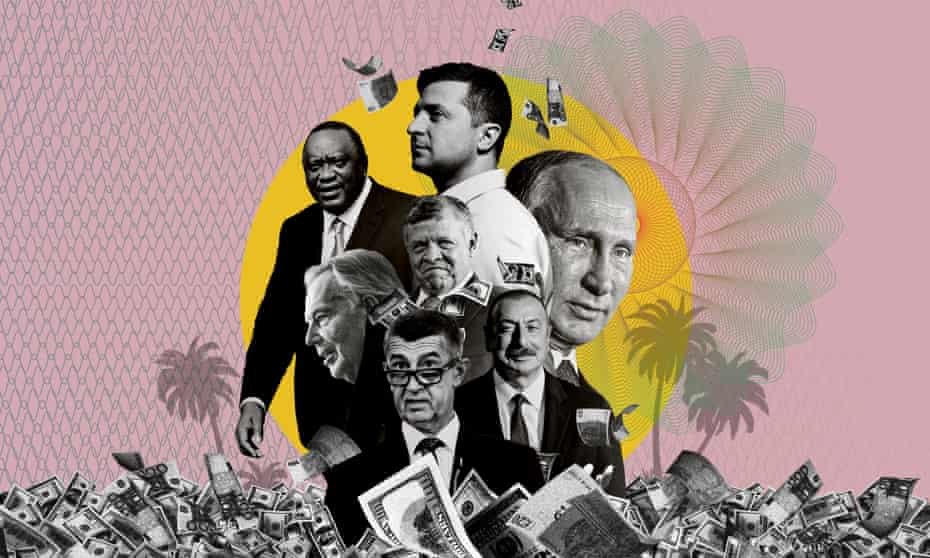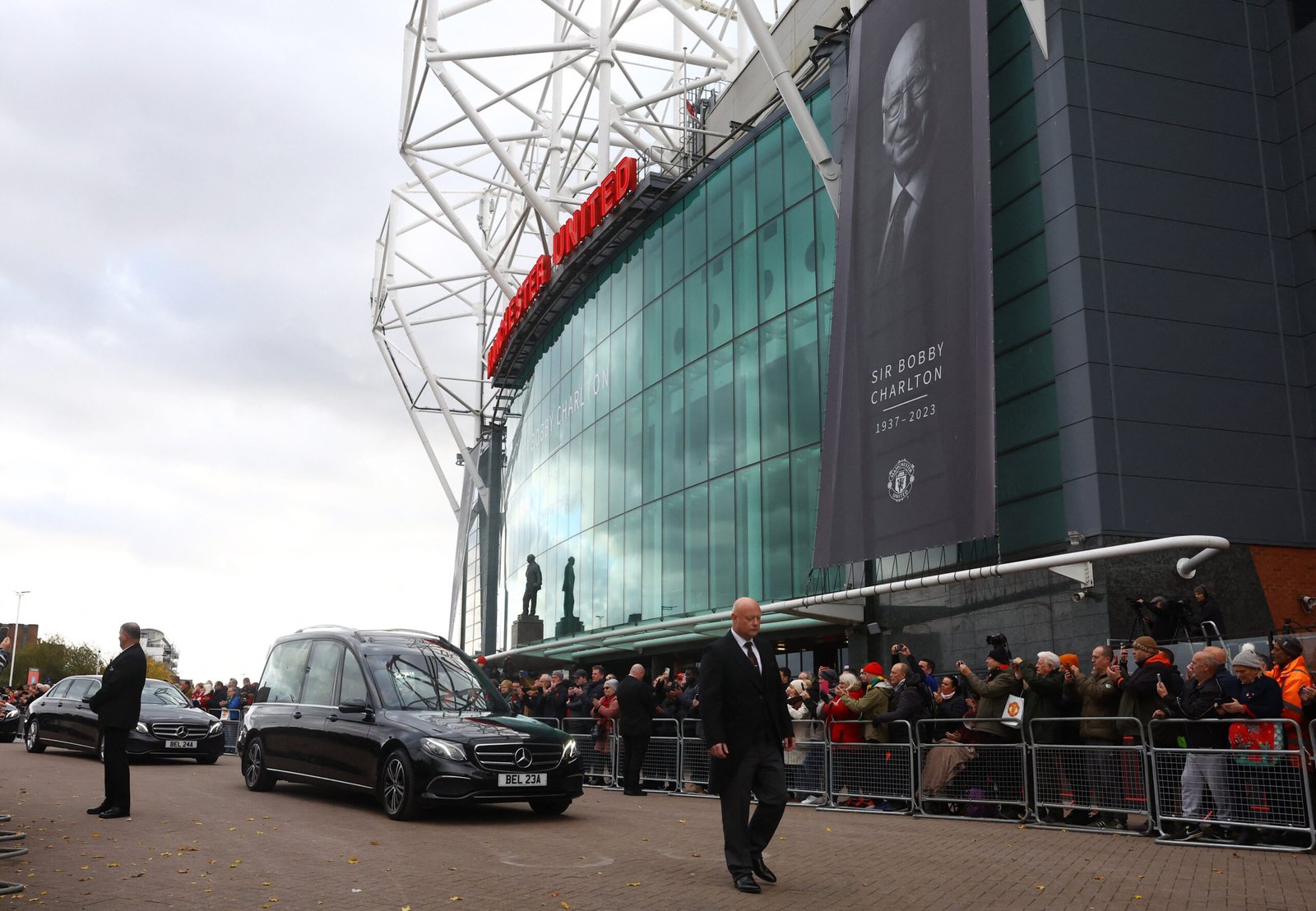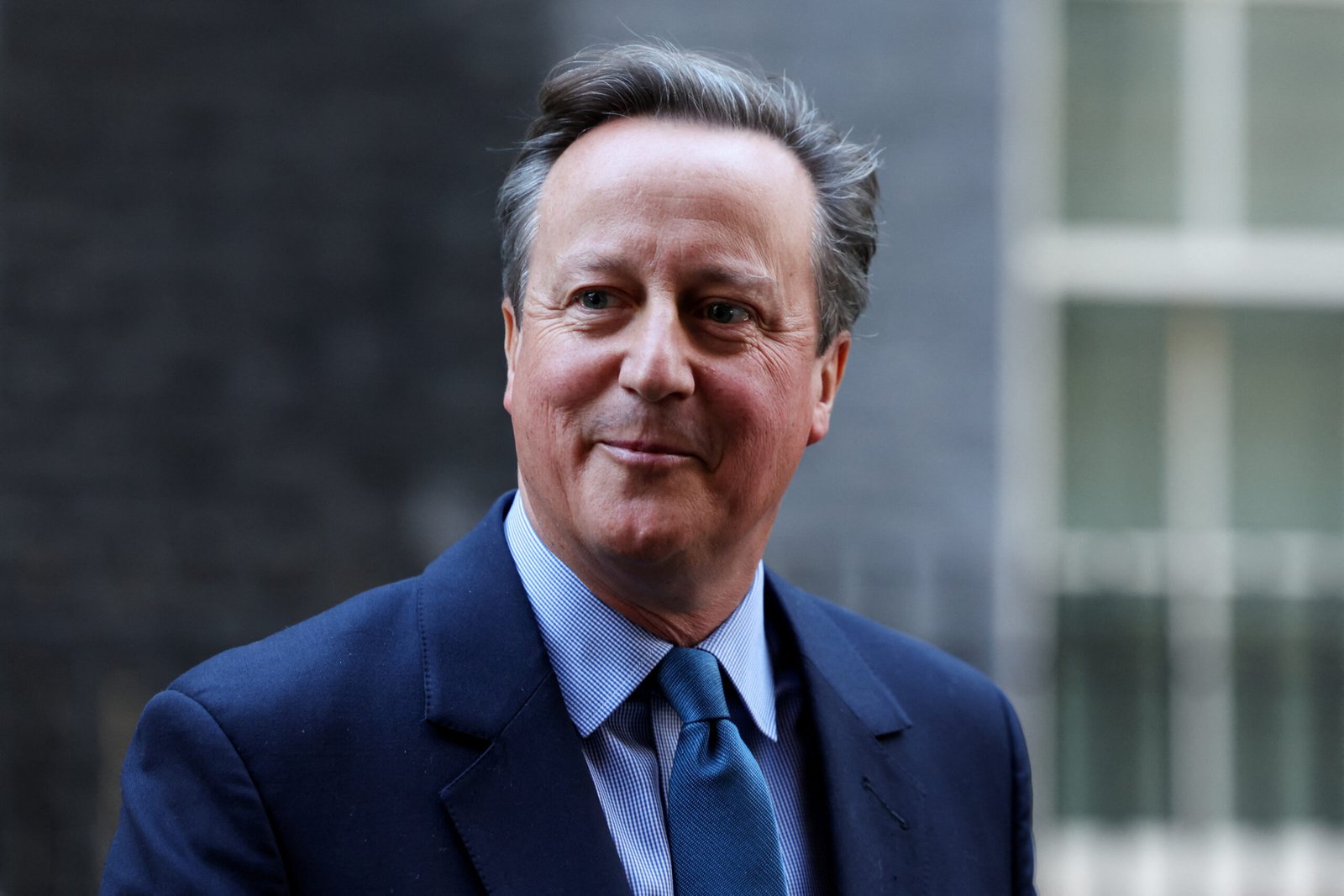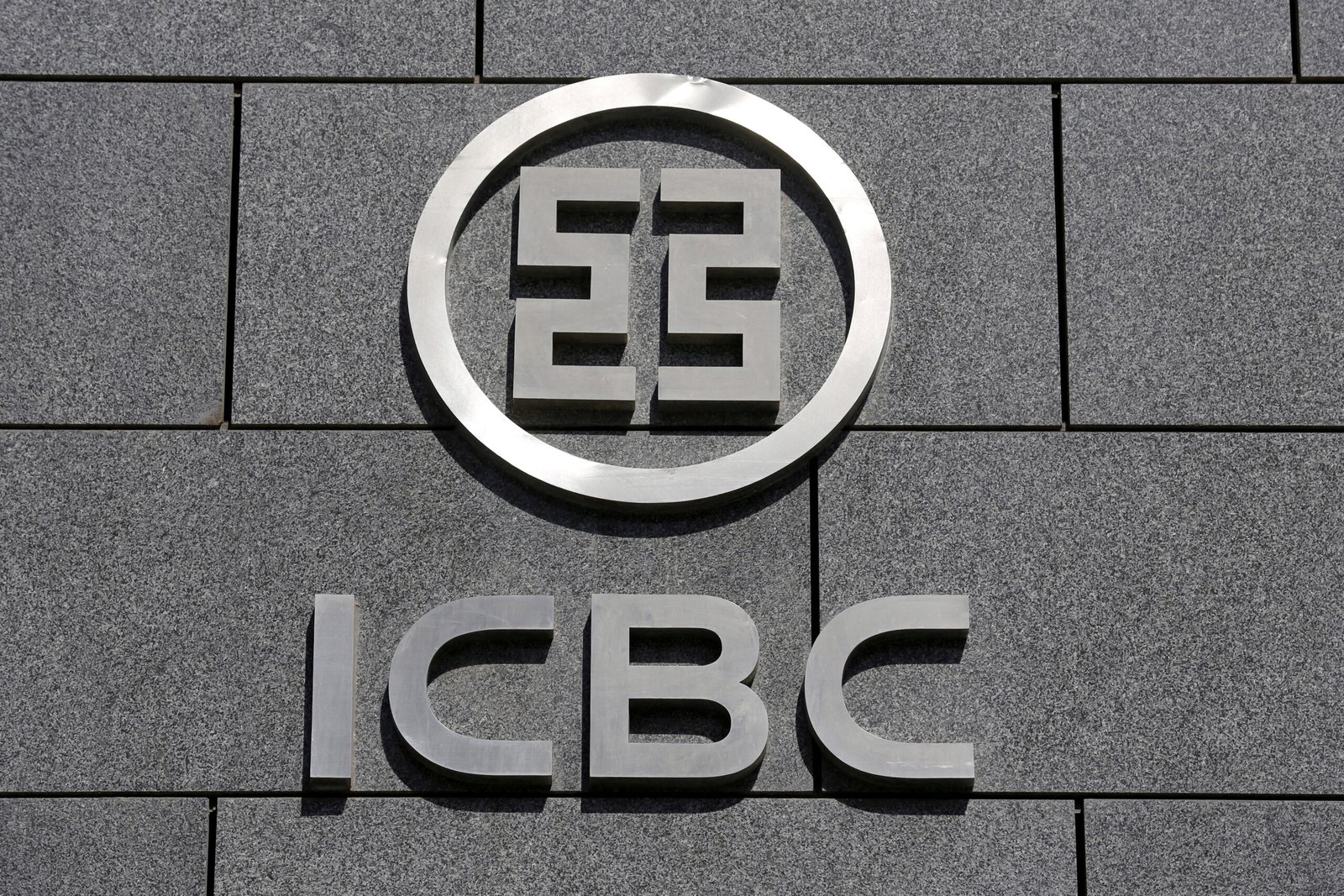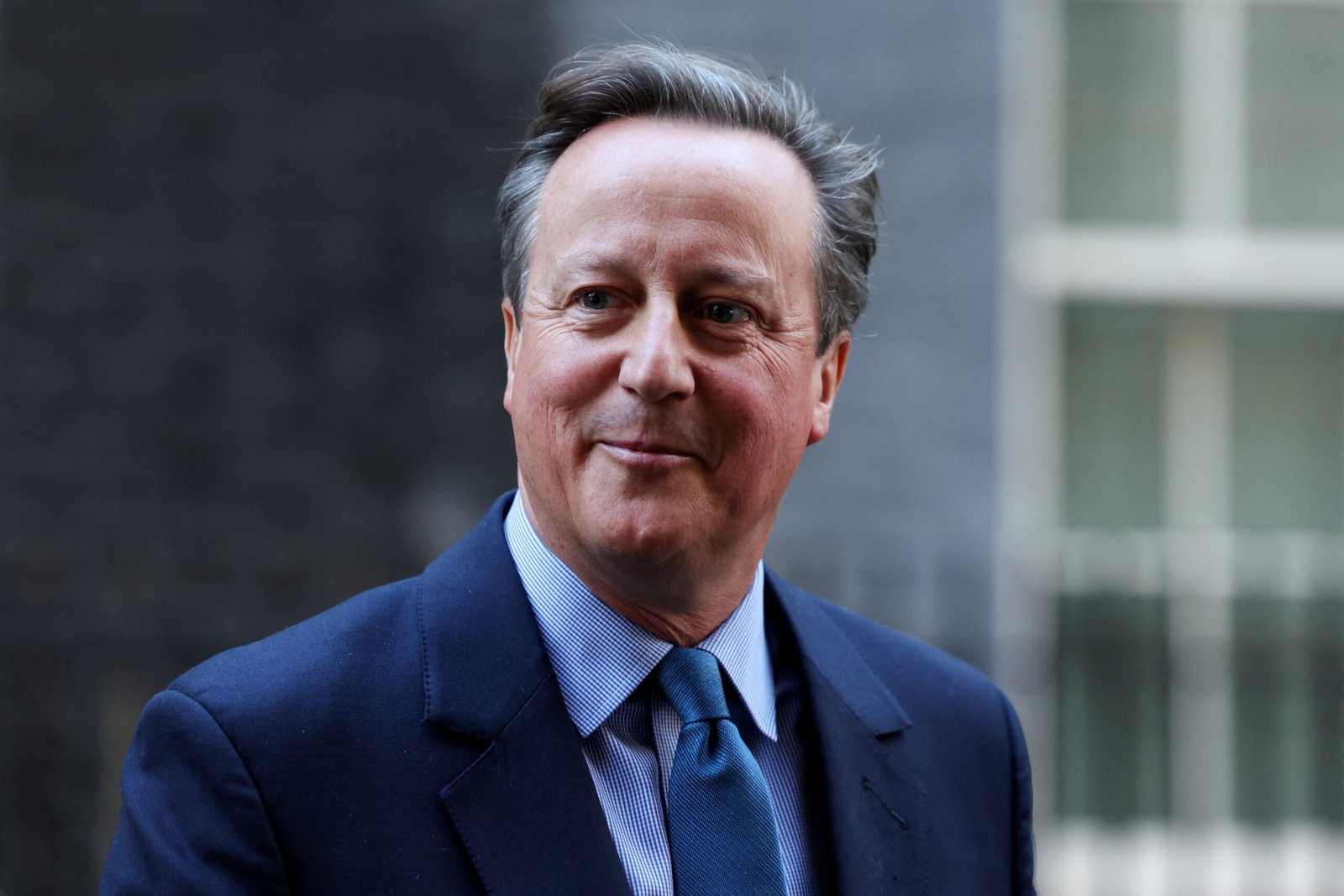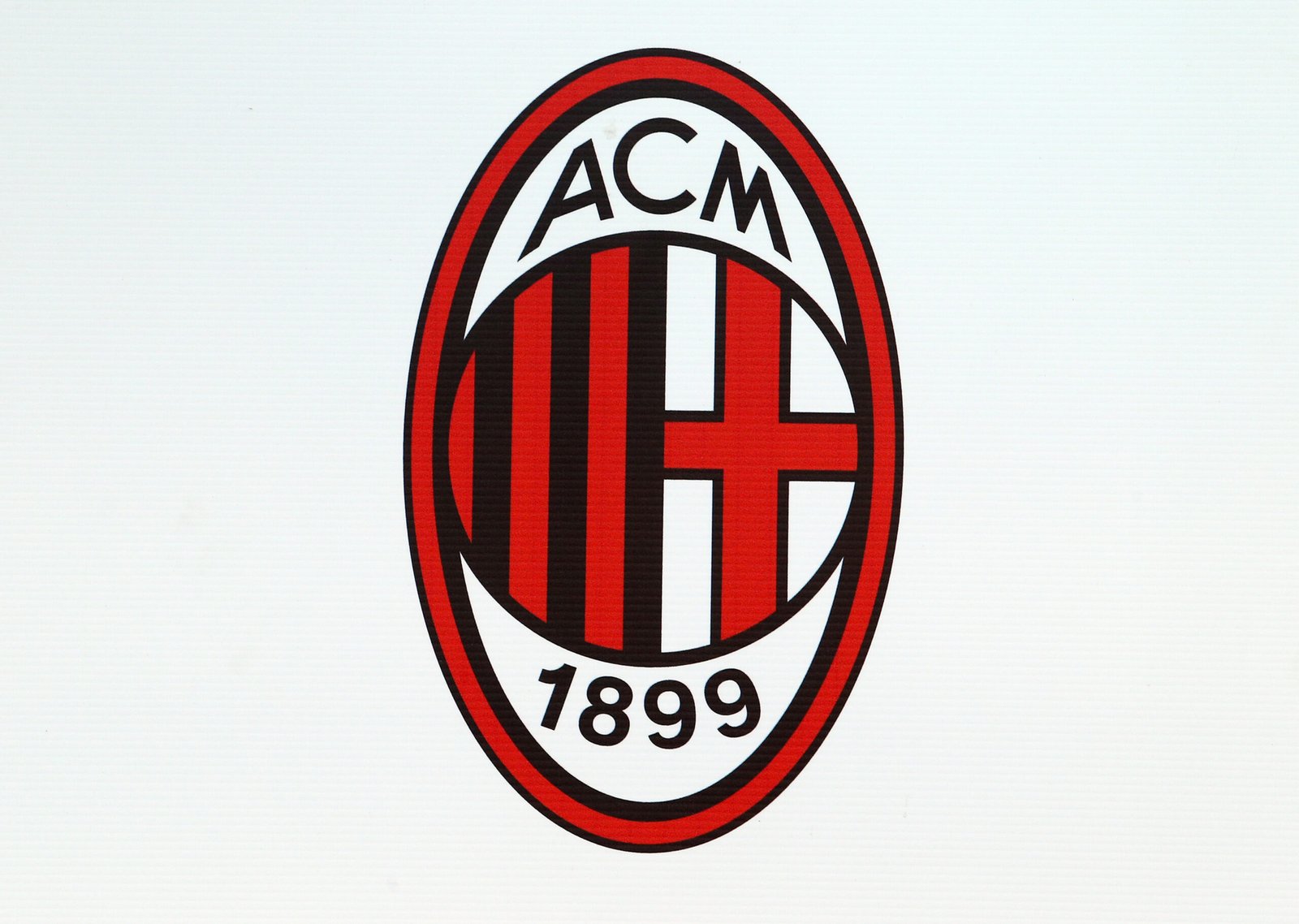For years, Walmart has pulled in millions of customers with its promise of “Everyday Low Prices.” However, recently, the company had to call in a few of its suppliers to have a long serious talk.
Walmart prides itself on the guarantee that its prices will be lower than competitors, yet it appears that the company is having to bite its tongue far too often on that statement. The solution? Gather the consumer brands that line Walmart shelves and online sites with soap, chips, and health care products and attempt to reset the expectations when it comes to prices.
Walmart has set the standards high for itself and hopes to have the lowest price on almost 80 percent of the sales on goods that fill its superstores and websites. But in order for this to happen, the companies that sell their goods through Walmart would have to climb aboard and cut their wholesale prices. That or they would need to make some adjustments to cost taking off around 15 percent.
Not all vendors like this idea. They say it would lose money on each sale if they agreed to Walmart’s terms. Those that do agree to the retail giant’s demands can hope to see better distribution of products as well as strategic help from Walmart.
But what happens to those vendors that don’t agree? Walmart will limit the distribution of their products and create its own product brands, making a direct challenge to its suppliers.
So where does Amazon fit in at during all this? Walmart’s focus on its “Everyday Low Price” promise seems to have clashed with Amazon’s aggressive pricing of the packaged good that it’s selling in supermarkets. The same packaged goods that can be attributed to a good chunk of Walmart’s retail success.
The result has both Walmart and Amazon competing for low prices which can prove to be great for shoppers, but packaged goods brands are starting to feel the heat.
Yet is it only coincidence that this low-price crackdown follows in the wake of Walmart’s $3 billion purchase of Jet.com as well as its CEO Marc Lore? Once the deal was made and the CEO obtained, Lore now has control, and runs, Walmart.com. Lore has also made claims to making Walmart’s online prices lower than all its competitors, including Amazon.
However, this issue of pricing has created a rather large stir amongst CPG companies like Procter & Gamble, PepsiCo, and even Kimberly-Clark. The issue, in a nutshell, seems to be the fact that there’s no solution that would accommodate everyone.
What brings Amazon up in rank as Walmart’s main competition would be the fact that Amazon has an algorithm to beat prices. A source was told that the algorithm works match or beat prices from other websites and stores. It doesn’t matter the size of the product; Amazon finds the price per unit or per ounce, even for large bulk items sold at Costco or Sam’s, and applies the match or beat strategy to relatable items on Amazon. This includes items in small packages.
A good example would be to picture a bulk box of Doritos being sold at Costco at 10 bags for $10. Amazon’s algorithm takes note that each bag in the box is $1 and will change the price of a single bag of Doritos to $1.
At Amazon, where customer satisfaction seems to have grown into a rather large obsession, this method is a great idea. The downside to this is that Amazon is selling individual items at Costco prices and not reaping the same wholesale price as Costco.
This doesn’t really sit well with Walmart who in turn flips out on its suppliers. To Walmart it doesn’t matter if Amazon isn’t getting the benefit of profit like Costco, as long as the prices are lower than its own, Walmart demands receipt of the same discount applied to its individual items.
“Walmart has had it explained to them by myself and others. My conclusion has been that they beat all suppliers up regardless because they need it to be a problem at the senior levels of these companies.” An industry insider told a source.
Yet Amazon is going to have to increase its sales of non-perishables if it even has dreams of beating Walmart in the $800 billion market. In fact, the online company is increasing the pressure on manufacturers who’s goods aren’t turning a profit online.
Amazon has a name for unprofitable goods. They’re called CRaP products, which stand for “Can’t Realize a Profit.” Instead of just kicking the supplier off, Amazon gives the vendor the courtesy of contacting them once their product is in the pre-CRaP stage. This stage means that the item(s) are suffering from profitability issues. Amazon then tries to lower the wholesale price in an effort to turn things around. This doesn’t really work most times. It definitely won’t work if the brand is also selling to Walmart as well.
The second thing Amazon will do is transfer the goods to the Amazon Pantry. There, Prime members have the benefit of $5.99 shipping fee which also helps Amazon cut its costs down. There are other ways Amazon interferes.
For instance, Amazon can eliminate ads for some brands. Brands can buy ads, quite like buying their place on the site, to help promote their goods. Amazon will cut these ads in an effort to eliminate the product.
A manufacturer of a large grocery goods company compared it to “playing Jekyll and Hyde.”
So, the larger question seems to be, what do brands do? There is no perfect solution to accommodate all parties. Some would say that Amazon should keep unprofitable brands but give them a cut on items that are doing better in the profit margin.
Yet there are those who believe that it would be better for brands to stop selling wholesale to Amazon. Instead of doing this, brands could sell directly or even through resellers. This would be better since Amazon has no control over what marketplace sellers price their items at.
But the one solution that could last long-term would be the option of change the way brands design and package their goods. This would cause for brands to cut down the weight of lower priced items which accounts for shipping. Shipping tends to be one of the main factors that hits profitability hard below the belt.
Despite the pressure from big retailers like Walmart, it’s still hard to be a packaged good brand. Most of their business is done through a middleman like Amazon, therefore, it’s rather impossible to know their initial target customer group.
Former Amazon general manager Andrea Leigh says that if “competitors go away and you can live it out, it presents you with an opportunity where you can steal share in a relatively easy way. Figuring out how to do online better and not getting CRaP-ed out, that’s a huge opportunity.”



